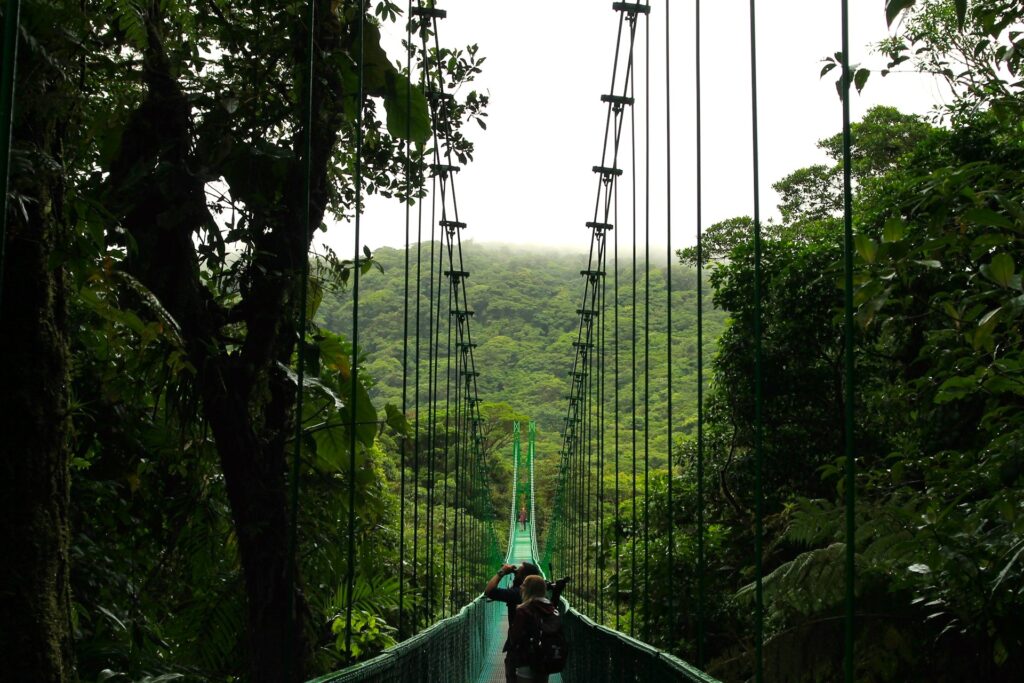Planning a trip to Kenya soon but worried about malaria?
Being aware of the risks is essential for a safe and enjoyable trip. Malaria transmission occurs in almost all regions throughout Kenya, and understanding these risks is crucial for travelers.
Regions with High Malaria Risk in Kenya
While certain regions in Kenya pose a particularly high risk of malaria, it’s important to understand that nearly the entire country carries some level of malaria transmission. For this reason, doctors and public health experts strongly recommend that all travelers take preventive precautions throughout their trip, regardless of itinerary or duration.
Doctors and health experts urge travelers to exercise caution throughout the whole trip – at all times.
1. Coastal Areas
Kenya’s coastal regions, including Mombasa, Malindi, and Lamu, are known for their warm, humid climate. This is the perfect breeding ground for mosquitoes. These areas experience malaria transmission year-round, with higher activity during the rainy seasons (March to June and October to December). Travelers enjoying Kenya’s beaches, coastal towns, and island resorts should use insect repellent regularly, wear long sleeves in the evenings, and consider antimalarial medication as prescribed by a physician.
2. Western Kenya
Western Kenya, particularly regions around Kisumu, Kakamega, and the shores of Lake Victoria, also experiences high malaria transmission rates. The combination of heavy rainfall, wetlands, and lush vegetation makes this part of the country one of the most malaria-prone areas in East Africa. Travelers visiting for safaris, cultural experiences, or eco-tourism should take proactive steps to avoid mosquito bites — including sleeping under treated bed nets and adhering strictly to any prescribed malaria prophylaxis regimen.
3. Rural Areas Across Kenya
Rural and agricultural zones throughout Kenya, especially those with standing water, dense vegetation, and limited mosquito control infrastructure, present a significant malaria risk. These environments provide ideal breeding habitats for Anopheles mosquitoes, the primary carriers of malaria. Travelers spending time in smaller villages, on farms, or in national parks and reserves should be especially vigilant with bite prevention measures.
Online services like Runway Health make it easy to connect with a US-licensed physician online and have medication shipped directly to your door, if prescribed.
Seasonal Malaria Risk
Understanding the seasonal variations in malaria risk is essential for travelers planning a trip to Kenya.
Rainy Seasons: Kenya experiences two main rainy seasons. The long rains from March to May and the short rains from October to December. During these months, heavy rainfall creates abundant standing water in puddles, ditches, and vegetation, which serves as prime breeding habitat for mosquitoes. Combined with warm temperatures and high humidity, these conditions significantly increase mosquito density, making malaria transmission more likely. Travelers visiting Kenya during or shortly after the rainy season should take heightened precautions, including regular use of insect repellent, sleeping under insecticide-treated bed nets, and starting antimalarial medication before departure if recommended by a physician.
Dry Seasons: Malaria transmission tends to decrease during the dry seasons (January to February and June to September), when fewer breeding sites exist and mosquito activity is lower. However, the risk never completely disappears. Mosquitoes can still survive in irrigated agricultural zones, near rivers or lakes, and in humid forested areas, particularly in western and coastal Kenya. Even during dry months, travelers should remain vigilant and continue preventive measures throughout their trip.
By understanding how Kenya’s climate influences malaria transmission, travelers can time their trips wisely and prepare appropriately. Whether visiting during the rainy or dry season, consistent protection, including mosquito bite prevention and preventive medication such as Malarone or Doxycycline, remains the best defense against malaria.
Preventive Measures for Travelers
Most Effective: Consult a Doctor for Preventive Malaria Tablets
Before traveling to malaria-prone areas in Kenya, obtaining a prescription for antimalarial medications is highly recommended.
Malarone (atovaquone-proguanil), doxycycline, and mefloquine are commonly prescribed antimalarial medications. It’s essential to consult with a healthcare professional to determine the most suitable option based on individual health factors and travel plans.
Get Anti-Malarials for Travel ➜
Being prepared with antimalarial medication (before entering a malaria-endemic region) is crucial for effective protection – due to antimalarials having strong effectiveness in preventing transmission.
Consult with a physician for personalized guidance on when to start, and how long to continue taking the medication.
Insect Bite Prevention
Basic measures to prevent mosquito bites are essential for reducing the risk of malaria infection:
- Use of Insect Repellent: Apply insect repellent containing DEET to exposed skin surfaces, particularly during dawn and dusk when mosquitoes are most active.
- Wearing Protective Clothing: Wear long-sleeved shirts, long pants, and closed-toe shoes to minimize exposed skin and prevent mosquito bites.
- Mosquito Nets: Sleep under insecticide-treated bed nets, especially in areas with a high risk of malaria transmission.
Time-of-Day Risk in Kenya
The risk of contracting malaria in Kenya is highest during the early morning and evening hours, specifically around dusk and dawn, when Anopheles mosquitoes (the species responsible for transmitting malaria) are most active. These times of day offer cooler temperatures, lower wind speeds, and higher humidity, creating the perfect conditions for mosquitoes to feed.
Travelers should exercise heightened caution during these peak hours to minimize the risk of bites and potential malaria transmission. If you’re outdoors at dawn or dusk, apply insect repellent to all exposed skin, wear long sleeves and pants, and consider treating your clothing with permethrin for added protection. Using insecticide-treated bed nets at night is also crucial, especially if your accommodations are open-air or not well screened.
Even though mosquitoes can bite at any time of day, being particularly mindful during these high-risk hours, and combining repellent use, protective clothing, and preventive medication, offers the best protection against malaria while traveling in Kenya.
Environmental Factors
Kenya’s diverse environment, characterized by lush vegetation and abundant water sources, provides ideal breeding grounds for mosquitoes. This includes:
- Lakes
- Rivers
- Marshes
Travelers should be aware of their surroundings, especially in densely vegetated areas like forests and jungles, where mosquitoes are prevalent.
If you’re wondering when to use your insect repellent and protective clothing, this is the time.
A Few More Considerations:
1. How likely am I to get malaria in Kenya?
WIth a proper protection strategy, your risk is relatively low, but it’s important to stay disciplined throughout your entire trip (especially with antimalarial medications).
One single mosquito bite likely won’t lead to transmission, but each one beyond that increases your chances – especially in Kenya.
3. Do I need to take malaria tablets if I’m only visiting urban areas in Kenya – such as Nairobi?
While urban areas may have a slightly-lower risk of malaria transmission, the risk remains strong throughout the entire country of Kenya. Mosquitos are still present in cities and densely-populated areas, even if water and vegetation isn’t nearby.
3. What are the side effects of antimalarial medications?
Malarone tends to have relatively-lower side effects, compared to others (such as doxycycline or mefloquine). Beyond minor stomach aches, nausea, and headaches for some individuals, malarone is very tolerable.
Other antimalarials can have worse side effects, such as vision changes, dizziness and disorientation – making it difficult to enjoy your travels.
4. Is Kenya well-equipped to treat individuals who contract malaria?
Yes, Kenya has established healthcare facilities and medical infrastructure capable of diagnosing and treating malaria effectively. Hospitals and clinics in urban areas and popular tourist destinations are equipped to handle malaria cases, ensuring travelers receive prompt medical attention if needed.
Travelers who develop fever, chills, or other malaria-like symptoms should seek medical attention immediately, even if preventive medication was taken. Early diagnosis and treatment are highly effective and can prevent complications.
Connect with a US-licensed physician online to determine if malaria medication is right for you. Visit Runway Health to get started today.

